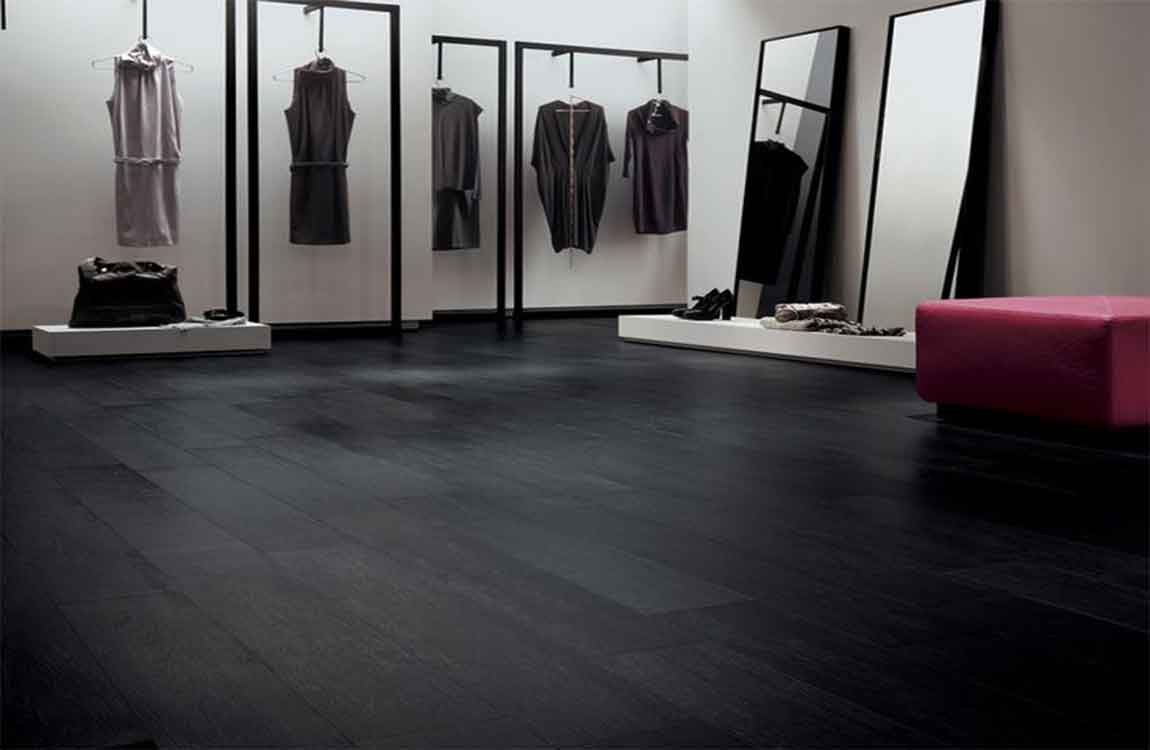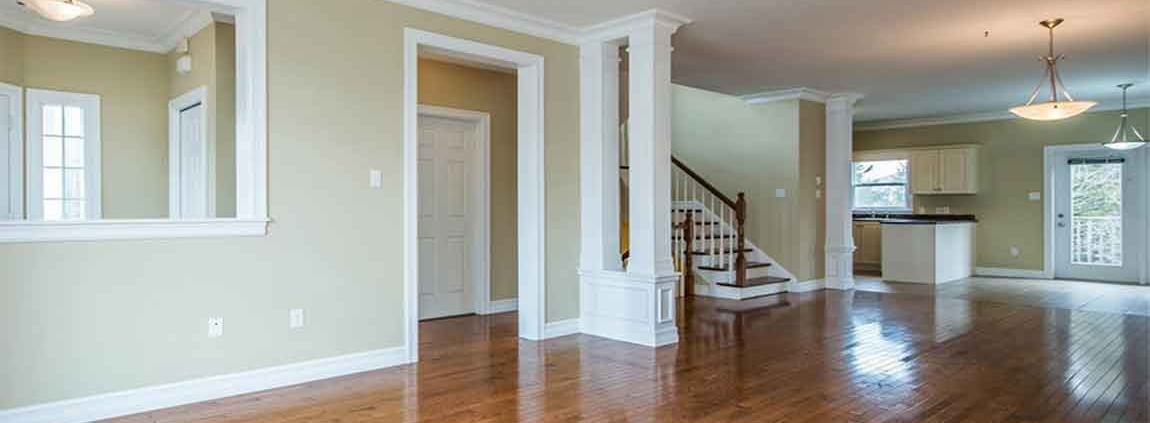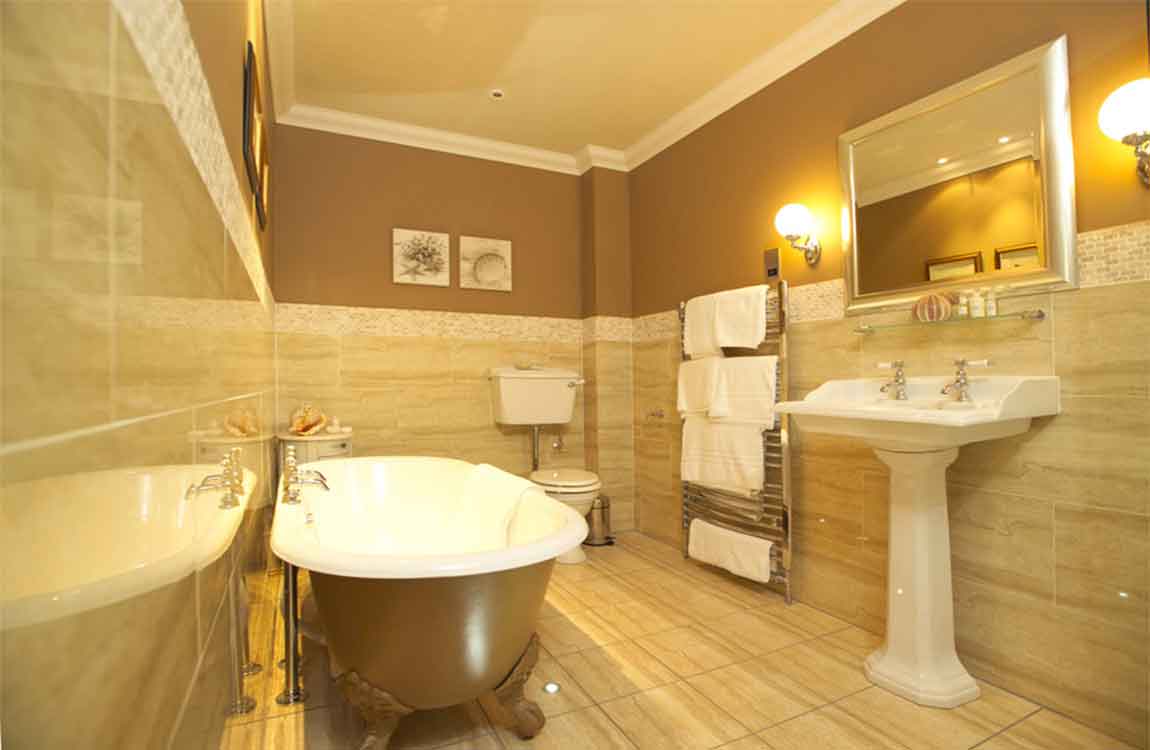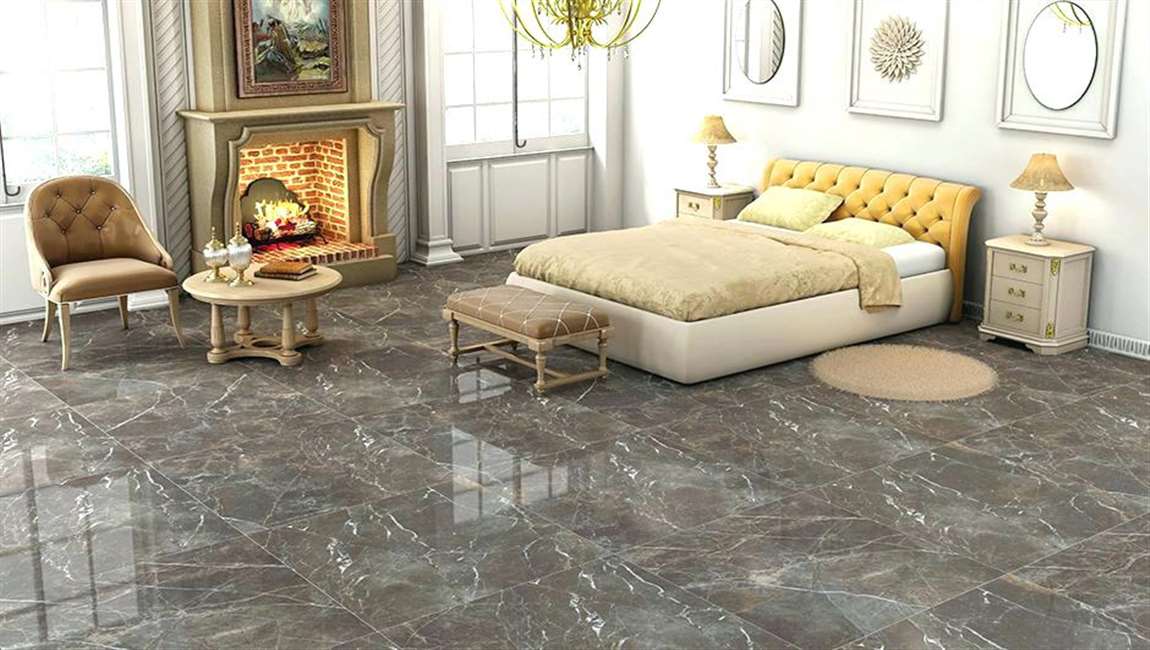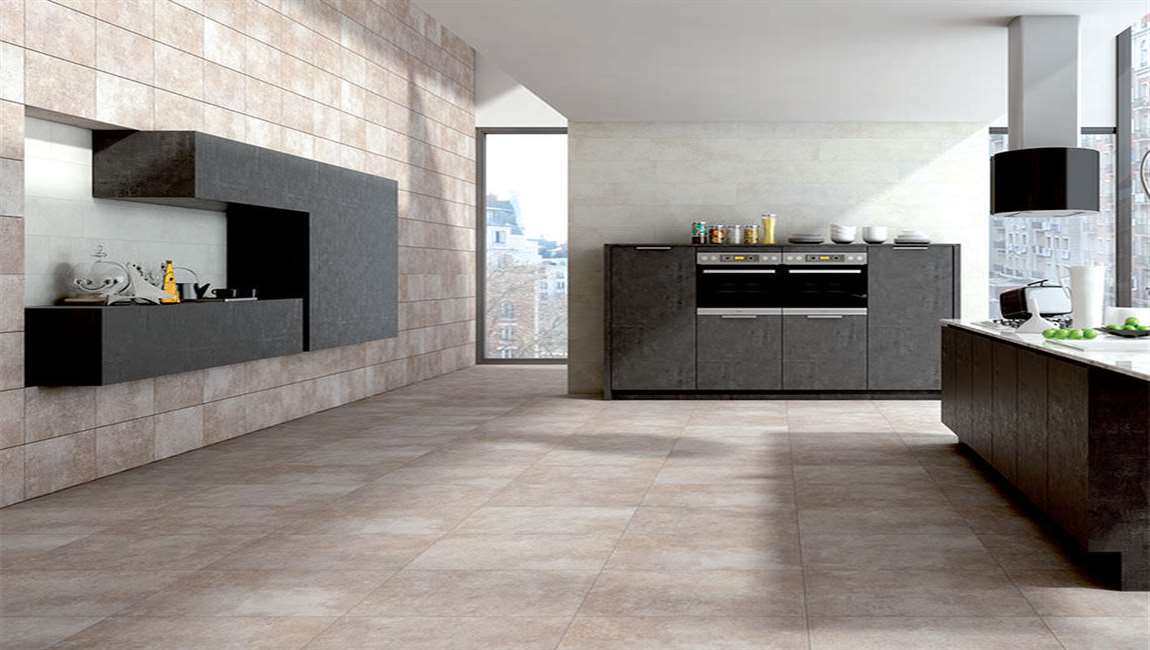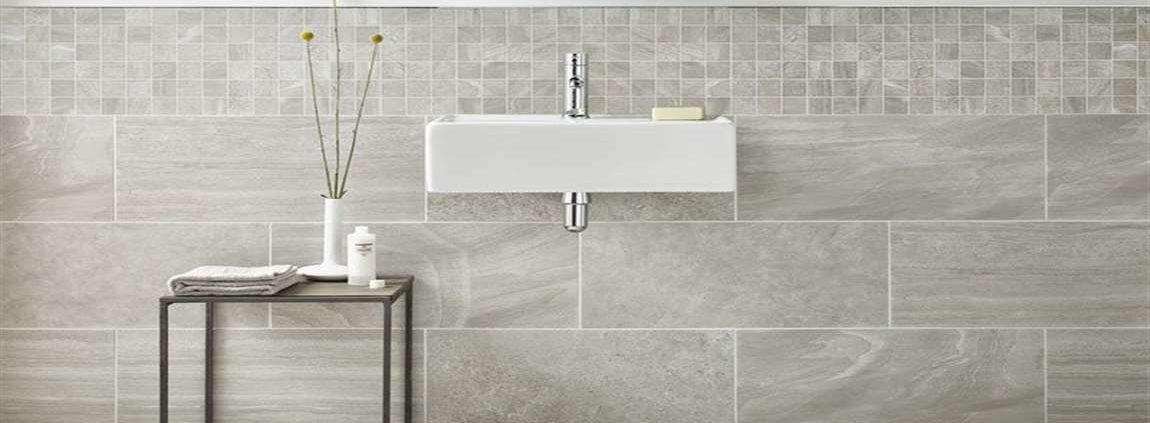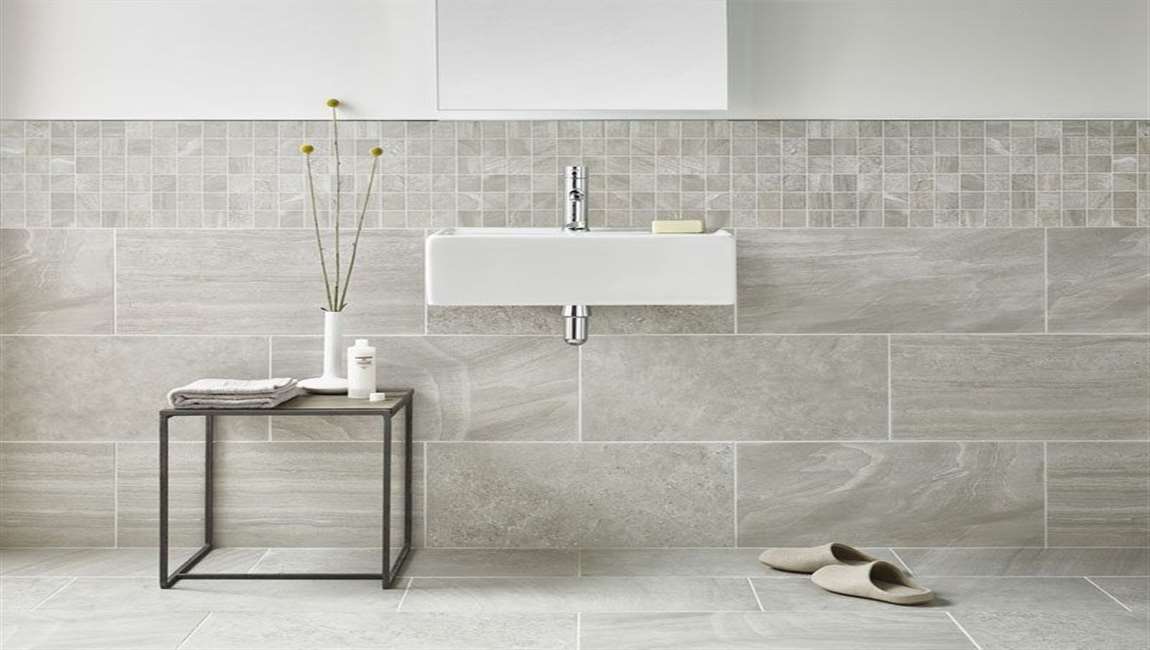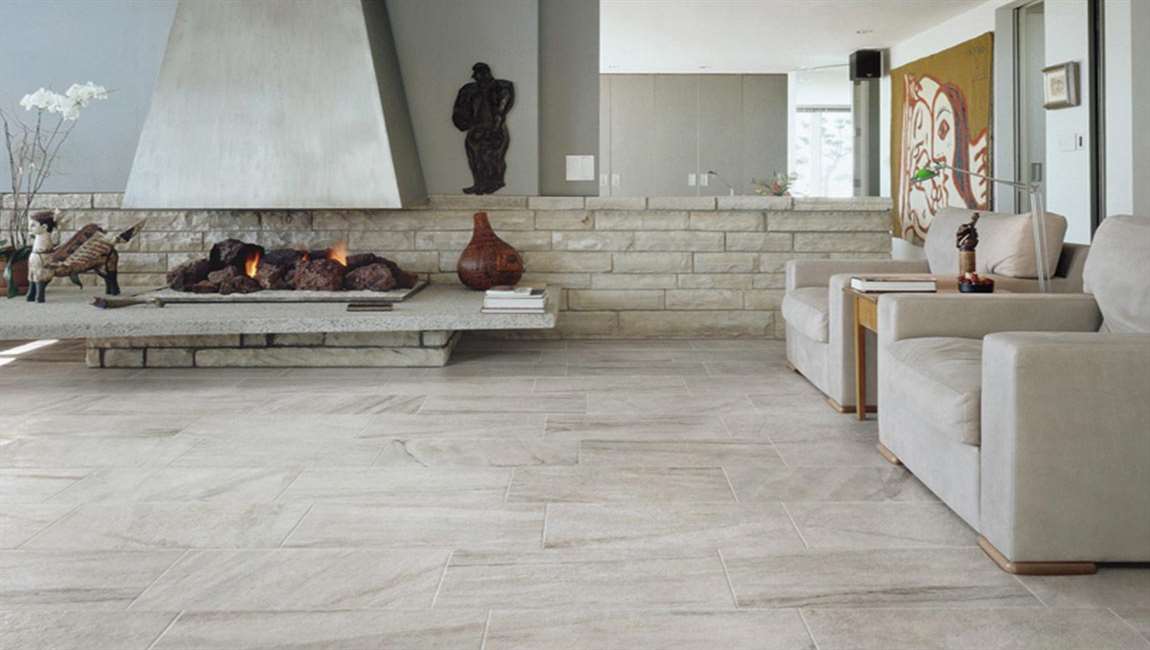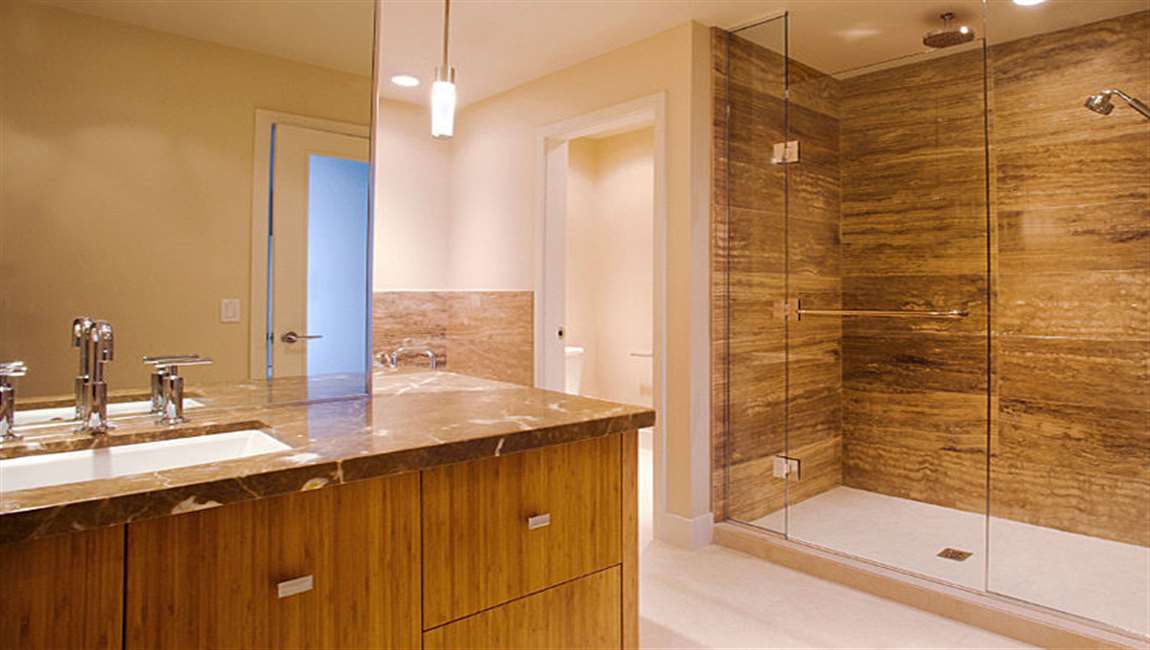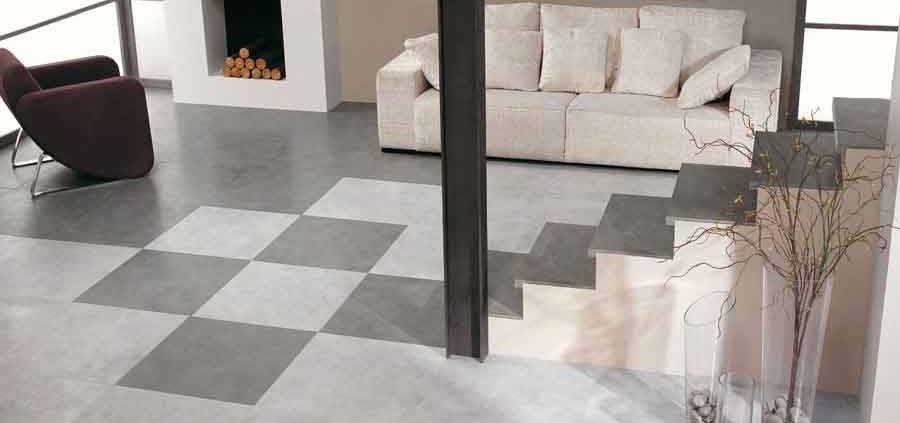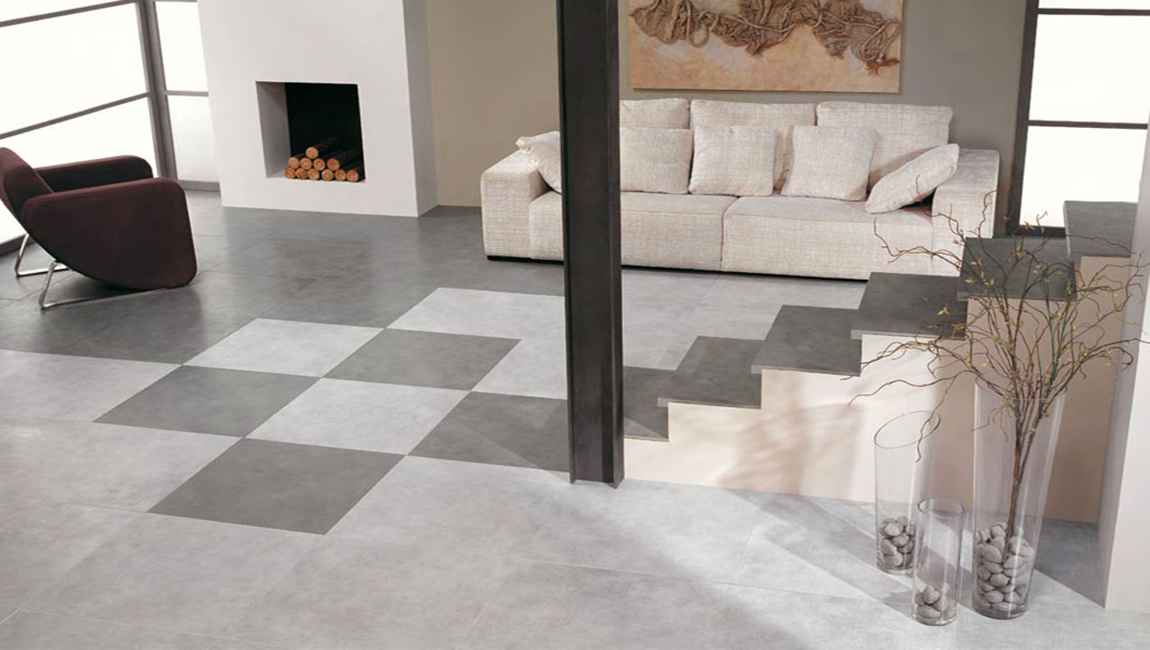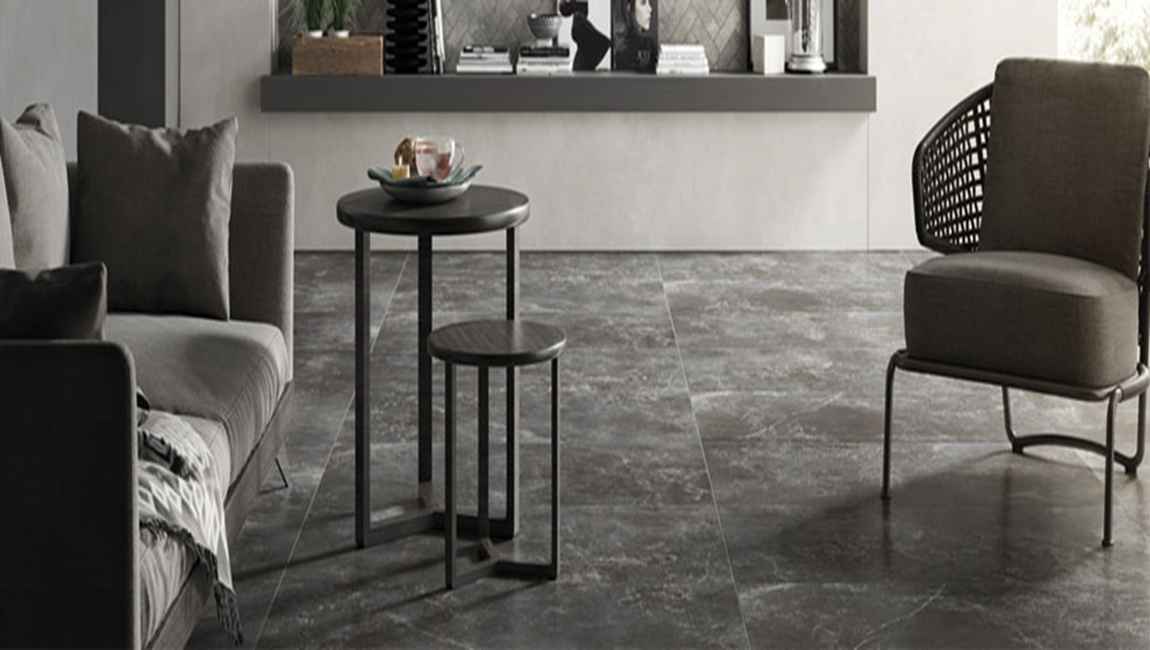How Removing Deep Stains?
Mix 1 part baking soda with three parts water. Combine the baking soda with the water in a small bowl or cup. Continue to mix it together until the baking soda absorbs the water and forms a paste. If your paste is too thick, add more water to it. If the paste is too runny, add more baking soda.
Apply the paste to the stains. Wear gloves and use your hands to smear a good portion of the paste over the stains on your shower. Target any discoloration or built up mildew that you weren’t able to remove from a basic cleaning. Cover the paste with plastic wrap. Tape the ends of the plastic wrap so it stays in place. Don’t cover all the edges in tape so that the marble tiles can breathe.
Let the paste sit on your shower for 24 hours. The paste will dry and absorb the stain under it. When the paste is ready, it should be dry and hard. Remind people in the house that you are doing a deep cleaning and that they won’t be able to use the shower. Rinse and wipe down the baking soda.
Remove the baking soda paste from your shower by rinsing down your shower and wiping the stained areas with a rag. If you notice that the stain is still visible, repeat the steps until it is fully removed. Dry the shower. Use an absorbent rag or squeegee to dry off your shower completely.
You should dry down your shower after every use, but doing a more extensive cleaning with a mild dish soap and water two to three times a week should keep the marble tiles looking clean and fresh. Rinse the shower. Use a showerhead or a bucket of water to rinse the entirety of the shower down, including the walls. It’s important that you remove any leftover soap or it may sink into the marble tiles and create stains later.





